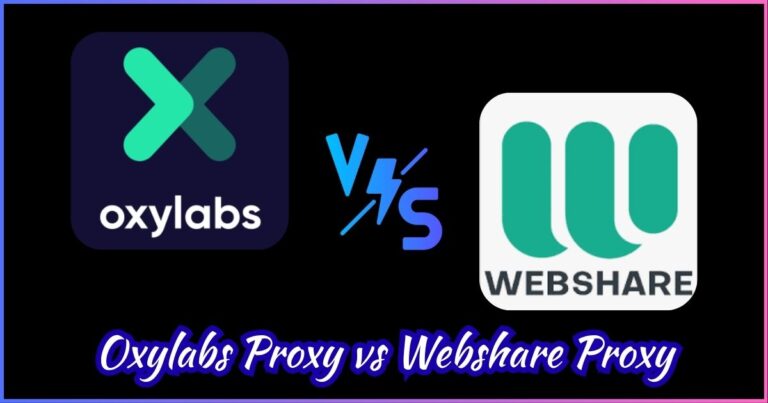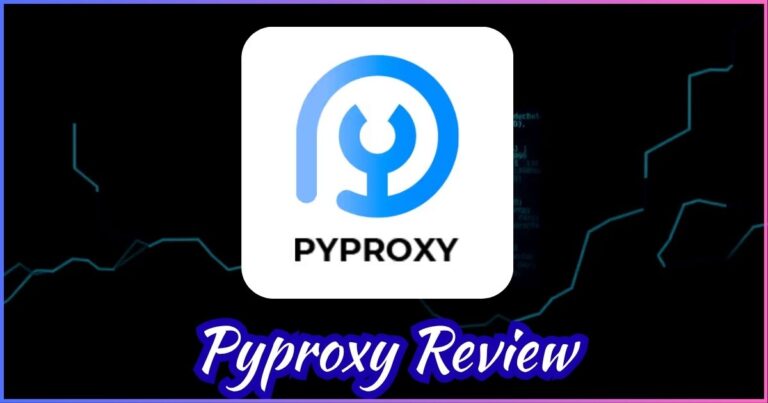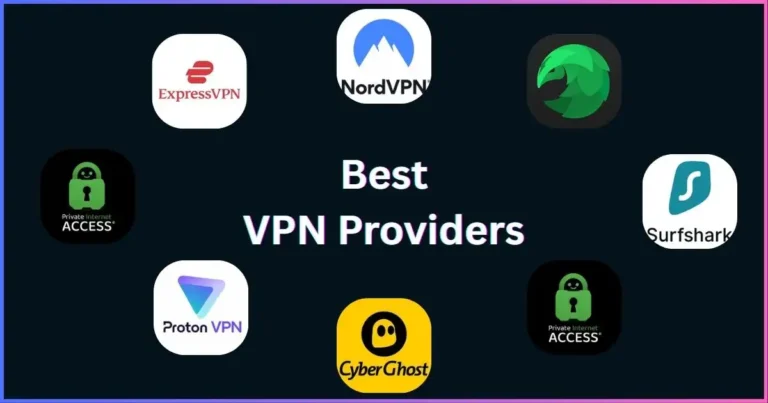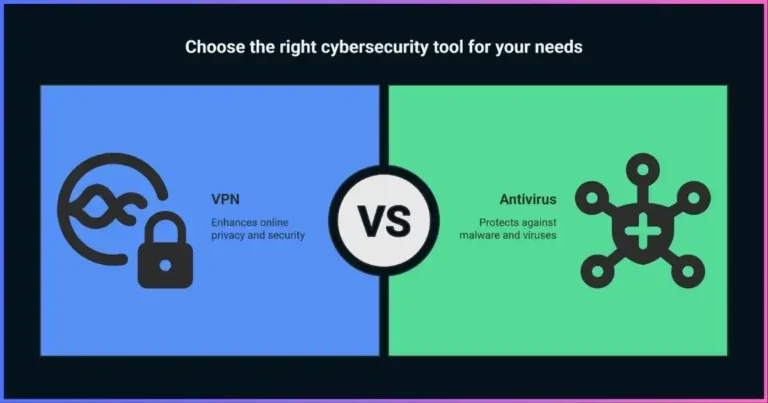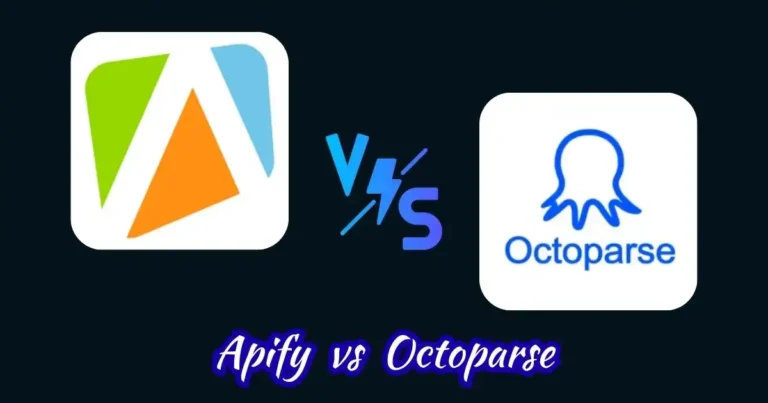Apify vs ScrapingAnt: Complete Comparison Guide
Choosing between Apify and ScrapingAnt for your web scraping needs? This comprehensive comparison analyzes features, pricing, performance benchmarks, and use cases to help you make an informed decision.
Table of Contents

The web scraping landscape has evolved dramatically, with businesses increasingly relying on automated data extraction to drive decision-making. When comparing Apify vs ScrapingAnt, you’re looking at two distinct approaches to web scraping: Apify’s comprehensive platform ecosystem versus ScrapingAnt’s streamlined API-first solution.
Both platforms serve the growing demand for reliable web scraping solutions, but they cater to different user needs and technical requirements. Apify positions itself as a full-stack web scraping platform with over 5,000 pre-built tools and a marketplace ecosystem, while ScrapingAnt focuses on providing enterprise-grade scraping capabilities through a simple, credit-based API system.
This comprehensive comparison will examine every aspect of the ScrapingAnt vs Apify debate, including performance metrics, pricing structures, feature sets, and real-world use cases to help you choose the right platform for your specific requirements.
Key Comparison Points
This analysis covers pricing models, success rates, feature comparisons, integration options, and performance benchmarks based on data.
Platform Overview
Apify
Apify is a comprehensive web scraping and automation platform that offers both cloud-based and self-hosted solutions. Founded as a full-stack platform, it provides developers with extensive tools for building, deploying, and managing web scraping projects at scale.
ScrapingAnt
ScrapingAnt is a focused web scraping API service that emphasizes simplicity and cost-effectiveness. Founded in 2020, it provides enterprise-grade scraping capabilities with unlimited concurrency and competitive pricing for businesses of all sizes.
Platform Philosophy
Apify focuses on providing a complete ecosystem for web scraping projects, while ScrapingAnt prioritizes simplicity and cost-effectiveness for API-based scraping needs.
Features Comparison
| Feature | Apify | ScrapingAnt |
|---|---|---|
| Pre-built Scrapers | 5,000+ | API Only |
| JavaScript Rendering | Yes | Yes |
| Proxy Support | Datacenter + Residential | Datacenter + Residential |
| Concurrency | Plan-based (25-256+) | Unlimited |
| Custom Code Support | Full Actor Development | Custom JS Evaluation |
| Web UI | Advanced Console | Basic UI |
| API Integration | REST API | REST API |
| AI Data Extraction | RAG Web Browser | AI Extractor |
| Geolocation Support | 150+ Countries | 15 Countries |
| Data Storage | Built-in Storage | No Storage |
Pricing Analysis
Understanding the pricing structure is crucial when choosing between Apify and ScrapingAnt. Both platforms use different billing models that can significantly impact your total cost depending on usage patterns.
Apify Pricing Model
Based on Compute Units (CU) and prepaid monthly credits
- Free: $5 monthly credits
- Starter: $39/month + $0.4/CU
- Scale: $199/month + $0.3/CU
- Business: $999/month + $0.25/CU
ScrapingAnt Pricing Model
Credit-based system with monthly allowances
- Free: 10,000 API credits
- Enthusiast: $19/month (100K credits)
- Startup: $49/month (500K credits)
- Business: $249/month (3M credits)
Cost Per Request Comparison
Monthly Cost Comparison by Usage
| Usage Level | Apify | ScrapingAnt | Winner |
|---|---|---|---|
| Light (10K requests) | $39-79 | $19 | ScrapingAnt |
| Medium (100K requests) | $199-299 | $49 | ScrapingAnt |
| Heavy (1M requests) | $999-1,499 | $249 | ScrapingAnt |
| Enterprise (10M+ requests) | Custom | Custom | Varies |
Cost Efficiency Insight
ScrapingAnt offers significantly lower costs per request across all usage levels, making it more cost-effective for high-volume scraping projects.
Performance Benchmarks
Performance metrics are crucial when evaluating web scraping platforms. Based on Scrapeway’s independent benchmarks and industry data, here’s how Apify and ScrapingAnt compare in terms of success rates, speed, and reliability.
Success Rate
Average Speed
Cost per 1K
Success Rate Comparison
Detailed Performance Metrics
| Metric | Apify | ScrapingAnt | Industry Average |
|---|---|---|---|
| Success Rate | 85-90% | 34.2% | 59.3% |
| Average Response Time | 8-12 seconds | 11.0 seconds | 9.4 seconds |
| Uptime | 99.9% | 99.99% | 99.5% |
| Anti-bot Bypass Rate | 92% | 85.5% | 78% |
| Cost per 1,000 requests | $3-5 | $1.81 | $3.2 |
Performance Consideration
ScrapingAnt’s significantly lower success rate (34% vs 85%) may impact project reliability despite cost advantages. Factor in retry costs and project requirements when making decisions.
Ease of Use & Integration
The learning curve and integration complexity can significantly impact your development timeline and ongoing maintenance costs. Here’s how both platforms compare in terms of usability and developer experience.
Apify Learning Curve
Apify offers multiple entry points, from ready-made scrapers to custom Actor development, accommodating different skill levels.
ScrapingAnt Learning Curve
ScrapingAnt’s API-first approach provides a straightforward path for developers familiar with REST APIs.
Integration Complexity Rating
Developer Experience Comparison
| Aspect | Apify | ScrapingAnt |
|---|---|---|
| Documentation Quality | Excellent | Good |
| Code Examples | Extensive | Basic |
| SDK/Library Support | Multiple Languages | Python, JavaScript |
| Community Support | Active Community | Growing |
| Setup Time | 15-30 minutes | 5-15 minutes |
| Testing Tools | Advanced Console | Basic UI |
Use Cases & Recommendations
Choosing between Apify and ScrapingAnt depends heavily on your specific use case, technical requirements, and budget constraints. Here’s a detailed breakdown of when each platform excels.
Choose Apify For:
-
Complex Projects: Multi-step scraping workflows requiring custom logic
-
Platform Integrations: Need for social media, e-commerce, or directory scrapers
-
Enterprise Solutions: Large-scale operations with dedicated support needs
-
Ready-made Solutions: Quick deployment using pre-built scrapers
-
Data Processing: Need built-in storage and data transformation capabilities
Choose ScrapingAnt For:
-
Cost-Sensitive Projects: High-volume scraping with budget constraints
-
Simple API Integration: Straightforward scraping needs without complex workflows
-
Unlimited Concurrency: Projects requiring massive parallel processing
-
Startup/SMB: Small to medium businesses with limited technical resources
-
Basic Scraping: Standard web scraping without specialized requirements
Industry-Specific Recommendations
| Industry | Recommended Platform | Reasoning |
|---|---|---|
| E-commerce | Apify | Pre-built Amazon, eBay, Shopify scrapers |
| Real Estate | Apify | Zillow, Realtor.com ready-made solutions |
| Lead Generation | Apify | LinkedIn, social media scrapers available |
| Price Monitoring | ScrapingAnt | Cost-effective for high-volume monitoring |
| Market Research | ScrapingAnt | Simple data collection, budget-friendly |
| SEO/Content | ScrapingAnt | Basic scraping needs, cost efficiency |
Decision Framework
Consider success rate requirements first. If you need >80% success rate, Apify is typically the better choice. For cost-sensitive projects where some failures are acceptable, ScrapingAnt offers better value.
Pros and Cons
Apify
Pros
- Extensive marketplace with 5,000+ pre-built scrapers
- High success rate (85-90%) and reliability
- Comprehensive platform with built-in storage
- Advanced Actor development capabilities
- Excellent documentation and community support
- Enterprise-grade features and support
Cons
- Higher cost per request, especially for high-volume projects
- Complex pricing structure with multiple variables
- Steeper learning curve for beginners
- Limited concurrency on lower-tier plans
- Credits don’t roll over between billing cycles
ScrapingAnt
Pros
- Significantly lower cost per request
- Unlimited concurrency on all plans
- Simple, straightforward API integration
- Low entry barrier with free tier
- AI-powered data extraction features
- High uptime (99.99%) and reliability
Cons
- Low success rate (34%) compared to industry standards
- Basic web UI with limited testing capabilities
- No pre-built scrapers or marketplace
- Credits don’t carry over month-to-month
- Limited geolocation options (15 countries vs 150+)
- Often charges for blocked requests
Related: ScrapingAnt vs Octoparse
Related: ScrapingAnt vs Scrape.do
Apify vs ScrapingAnt Conclusion
The choice between Apify vs ScrapingAnt ultimately depends on your specific requirements, budget, and tolerance for failure rates. Both platforms serve different segments of the web scraping market effectively.
Choose Apify If:
- You need high success rates (85-90%) for critical projects
- You want ready-made solutions for common platforms
- You need complex, multi-step scraping workflows
- Budget is less of a concern than reliability
Choose ScrapingAnt If:
- Cost efficiency is your primary concern
- You can tolerate lower success rates with retry logic
- You need unlimited concurrency
- Simple API integration meets your needs
Final Recommendation
For most businesses, we recommend starting with Apify if reliability is crucial, or ScrapingAnt if you’re cost-conscious and can implement robust retry mechanisms. Both platforms offer free tiers, allowing you to test which better fits your specific use case.
Consider running parallel tests with both platforms on your target websites to determine which delivers better results for your specific requirements.
Disclosure: We may earn commission for purchases that are made by visitors on this site at no additional cost on your end. All information is for educational purposes and is not intended for financial advice. Read our affiliate disclosure.

